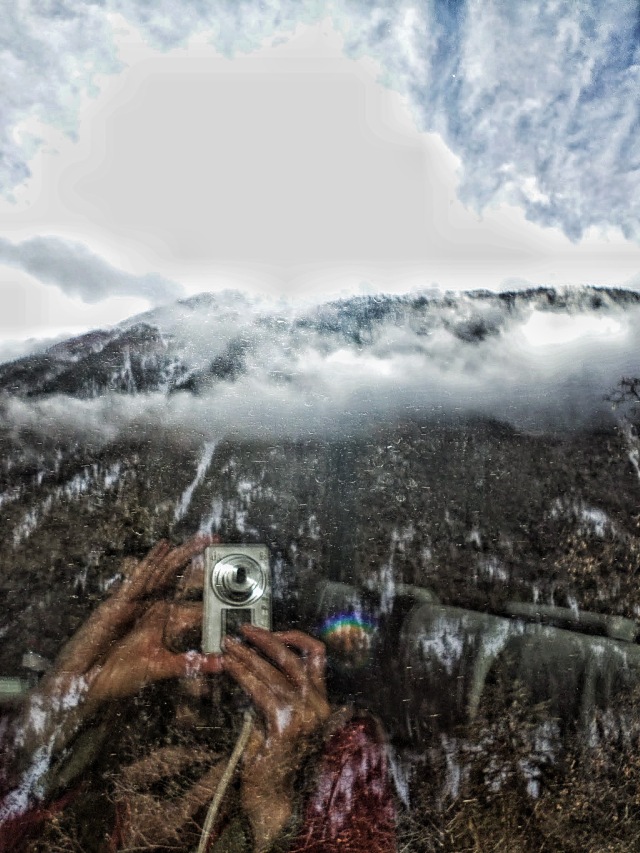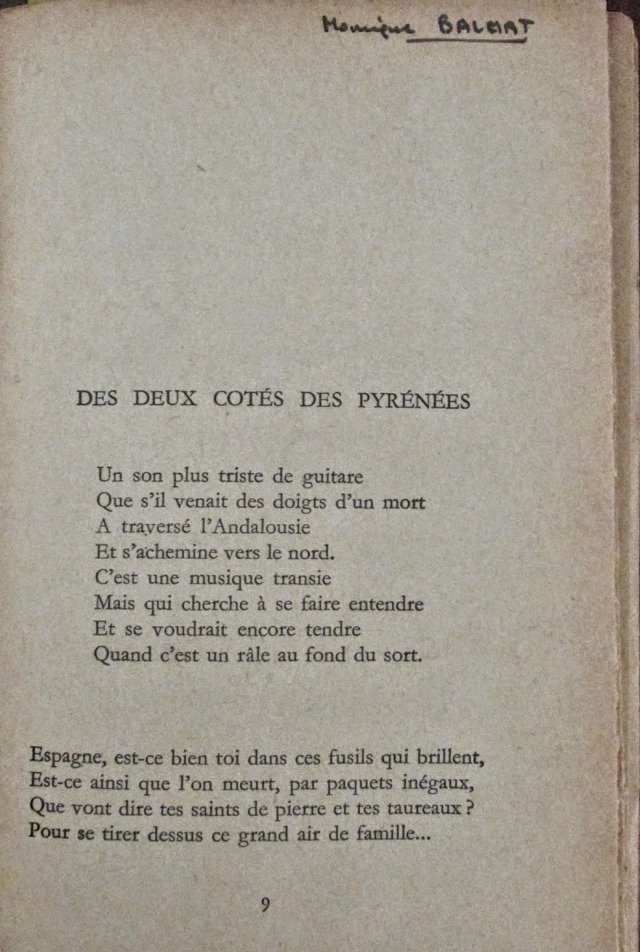Time is the element of narration, just as it is the element of life—is inextricably bound up with it, as bodies are in space. It is also the element of music, which itself measures and divides time, making it suddenly diverting and precious; and related to music, as we have noted, is the story, which also can only present itself in successive events, as movement toward an end…
-Thomas Mann
From September to early March, between finishing my graduate writing program and beginning full time work, I had nothing but time.
It was so much time it seemed like no time at all.
With all that time I traveled, I wrote, and I read. From early January to mid-March, in fact, I spent a lot of time reading Thomas Mann’s The Magic Mountain, a 700 page novel devoted to the narration of amorphous, barely registered time.
Hans Castorp, who Mann ironically refers to as ¨our hero,¨ ascends above the clouds to a Swiss sanatorium, intending to visit his sick cousin for a couple of weeks. Instead, he stays seven years.
Even though Hans abandons the ¨flatlands,¨ with his family and engineering apprenticeship, life doesn’t stop. High up in the Alps, in ¨years neither short, nor long, simply without time, rich with experience yet null and void,¨ Hans attends sumptuous communal meals five times a day and rest cures in ¨the vertical position.¨ Through it all, he finds diversions in romance, philosophy, anatomy, botany, skiing, hypnosis, befriending the soon to be dead…
The typical things you might do when there are no pressing obligations.
Reading the novel felt a bit like being a sanatorium guest. The novel floats from scene to scene, idea to idea, and circles back and back as days— then years—pass. The pages seemed endless. I doubted I’d ever finish them and return to the real world. Slowly plowing through, with chapters and chapters to go, I wondered if I was wasting my time.
At the end of February, after I secured a job offer and neared the novel’s final section, I traveled to Switzerland and by chance ended up in the canton of Graubünden, the same region as the Davos sanatorium. Visibility was poor; clouds dimmed the sun and hid the Alpine summits.
Aside from the pines, there was only white and gray, with no starts and stops, the snow everywhere, cascading out of sight in every direction—the landscape gracious, full, indeterminate.
For so long, I was caught up in those high mountains with so much substance, so little narrative. So much happened that can’t be summarized—because what happened had no clear plot.
Then, all of a sudden, following no climax or conflict, it ended.
I finished the novel one day before I began my new job.
And now that my days are no longer something I’m indulgently spending but monitoring, double-booking, managing, and conserving—now that I’m back on a definitive track, with goals and an outline of the future I can visualize—I don’t know if I’ll ever make sense of that time, that ¨line of elastic turning points¨ so difficult to read.

















